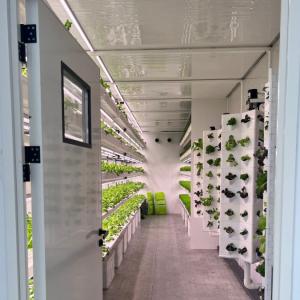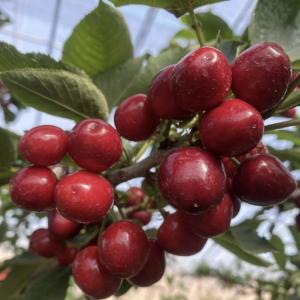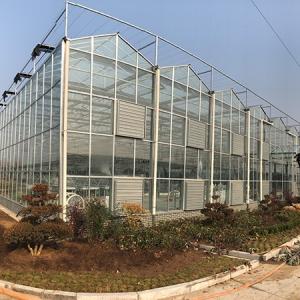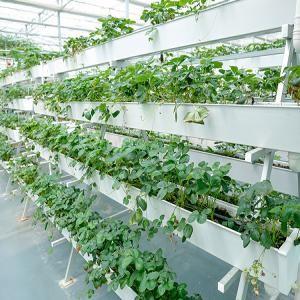How to Choose Soilless Cultivation? Guide to Application Scenarios and Operational Features of Substrate, Hydroponics & Vertical Cultivation
1. Substrate Cultivation
This type uses solid substrates to fix the roots of crops, and the substrates absorb nutrient solution for crop uptake. It features low operational threshold, strong growth stability, and is suitable for large-scale commercial production.
- Rockwool Cultivation: The mainstream model in Dutch greenhouses. It uses 10cm×10cm×7.5cm block rockwool to fix plants, and the nutrient solution is delivered directly to the substrate through drip irrigation tubes. It is suitable for fruit vegetables such as tomatoes and cucumbers, with a water and fertilizer utilization rate of over 95%. Attention should be paid to the recycling of rockwool to reduce pollution.
- Coconut Coir Cultivation: An environmentally friendly cultivation model. Compressed coconut coir blocks are soaked and then placed in planting bags or troughs, combined with a drip irrigation system. It is suitable for crops like strawberries and lettuce. The substrate can be reused for 2-3 seasons, and the cost is lower than that of rockwool cultivation.
- Substrate Trough Cultivation: Planting troughs are built with bricks or foam boards, filled with a mixed substrate of perlite and vermiculite. It is suitable for leafy vegetables such as lettuce and leaf mustard, with simple management processes, making it ideal for beginners.
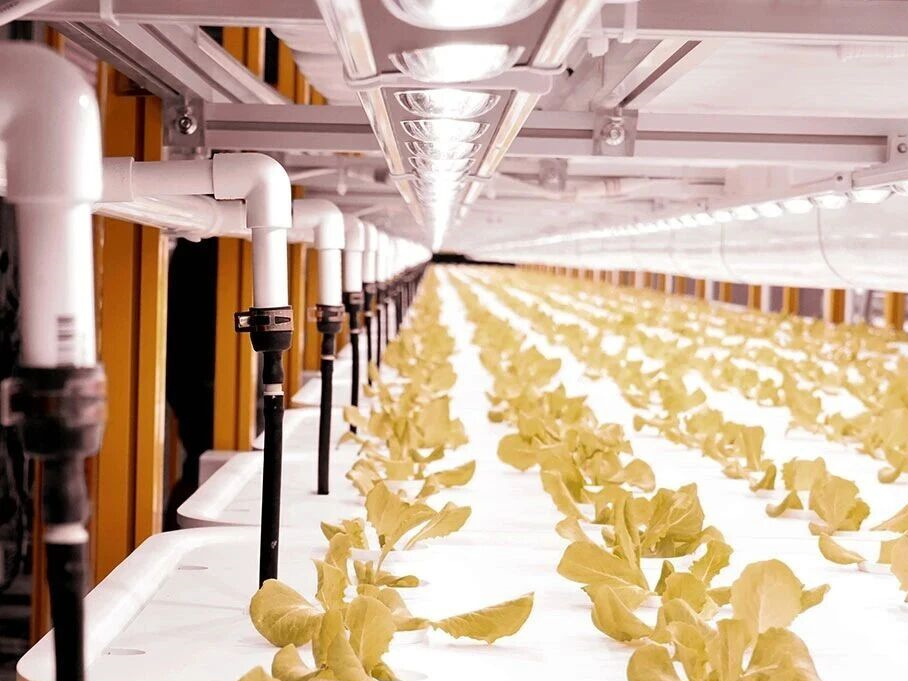
2. Hydroponics
There is no solid substrate, and crop roots are in direct contact with the nutrient solution (in a suspended or semi-immersed state). It has high nutrient absorption efficiency and is suitable for growing high-value-added crops.
- NFT (Nutrient Film Technique) Cultivation: The roots are partially immersed in a flowing nutrient solution with a depth of 5-10cm, ensuring sufficient oxygen supply. It is commonly used for growing lettuce and water spinach. Its advantage is water and fertilizer saving, while the disadvantage is the high requirement for the control accuracy of nutrient solution concentration.
- DWC (Deep Water Culture) Cultivation: The roots are completely immersed in oxygen-rich nutrient solution, requiring oxygenation equipment. It is suitable for water celery and tilapia (in aquaponics systems). Crops grow rapidly, but strict prevention and control of nutrient solution pollution are necessary.
- Aeroponics: The nutrient solution is converted into a mist by atomizing nozzles, which acts directly on the suspended roots. The roots absorb both nutrients and oxygen simultaneously. It is suitable for fruit vegetables such as tomatoes and cucumbers, with high yield. However, the initial investment cost of equipment is high, and continuous power supply is required to ensure the operation of the atomization system.
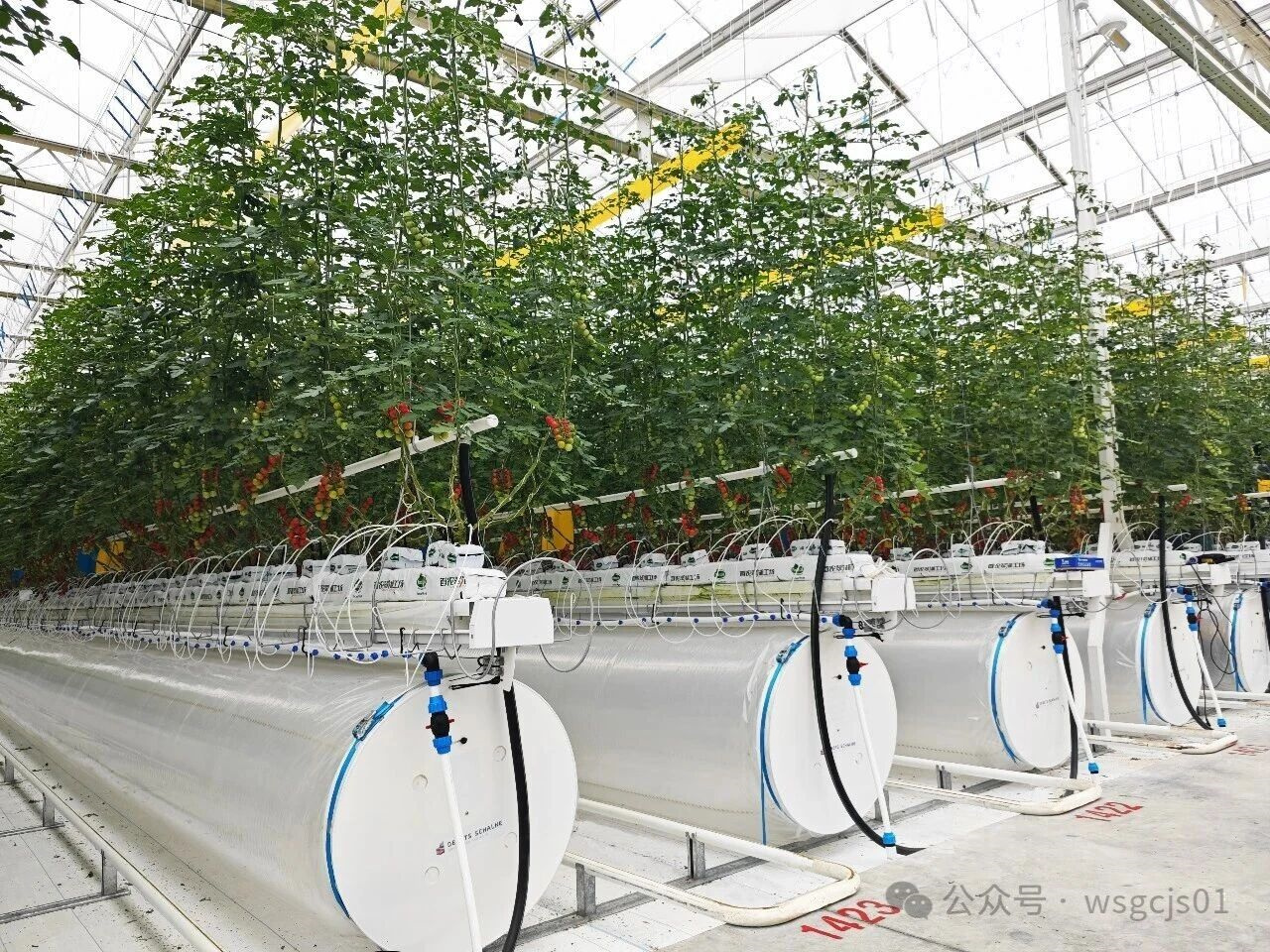
3. Vertical Cultivation
It is a vertical space utilization model derived from substrate cultivation or hydroponics. Its core is to increase the yield per unit area, making it suitable for greenhouses with limited space.
- Vertical Rockwool Cultivation: A multi-layer rack structure is adopted, with rockwool blocks placed on each layer, combined with a drip irrigation system. It is used for growing strawberries and tomatoes, with a per-mu yield 3-4 times that of traditional horizontal cultivation.
- Vertical Hydroponic Tower: The tower is cylindrical or square, with planting holes set in layers, and the nutrient solution flows downward from the top of the tower. It is suitable for leafy vegetables, with the advantages of aesthetics and space saving, and is often used in sightseeing greenhouses or home balcony planting.

4. Other Special Types
- Aquaponics: It combines hydroponics and aquaculture. Fish manure is decomposed by microorganisms into nutrient solution needed by crops, and the water purified after nutrient absorption by crops flows back to the breeding pond, forming an ecological cycle. It is suitable for co-cultivation of organic vegetables and ornamental fish, with strong environmental protection and high product added value.
- Substrate Bag Cultivation: The substrate is filled into PE planting bags, and holes are drilled on the side of the bags for crop planting. It is suitable for scenarios such as balconies and small-scale greenhouses, with flexible mobility, and the planting spacing can be adjusted according to the growth needs of crops.
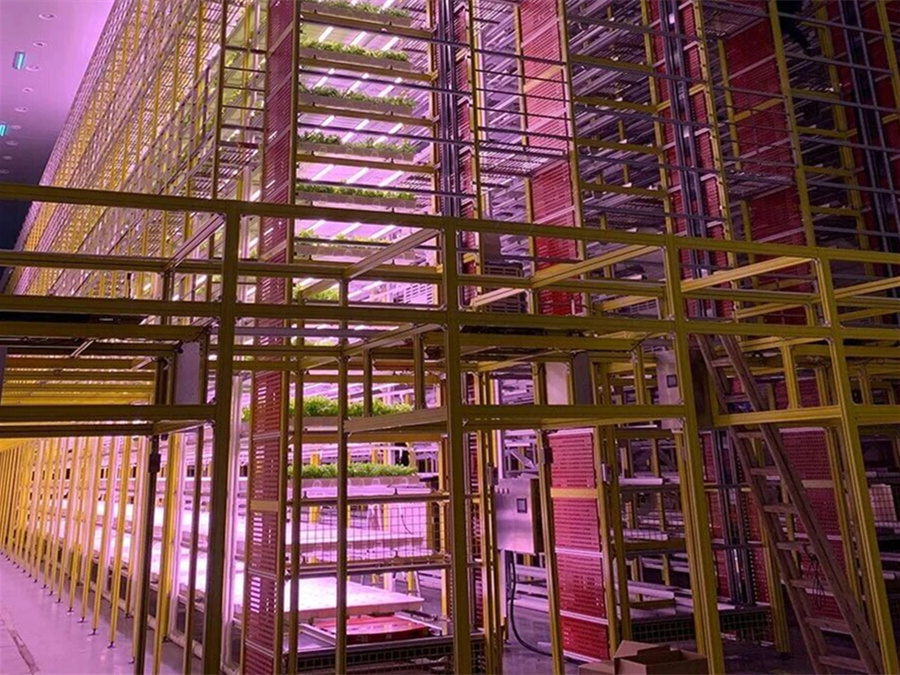
From intelligent greenhouse temperature control systems to soilless cultivation substrate equipment, we provide full-chain greenhouse products and engineering services, supporting one-stop implementation of "design-construction-after-sales". Click 【CONTACT US】send "crop type + planting area" to get a targeted product configuration plan and recent preferential activities.


